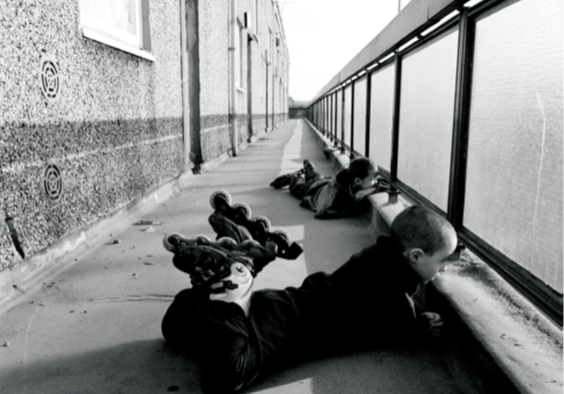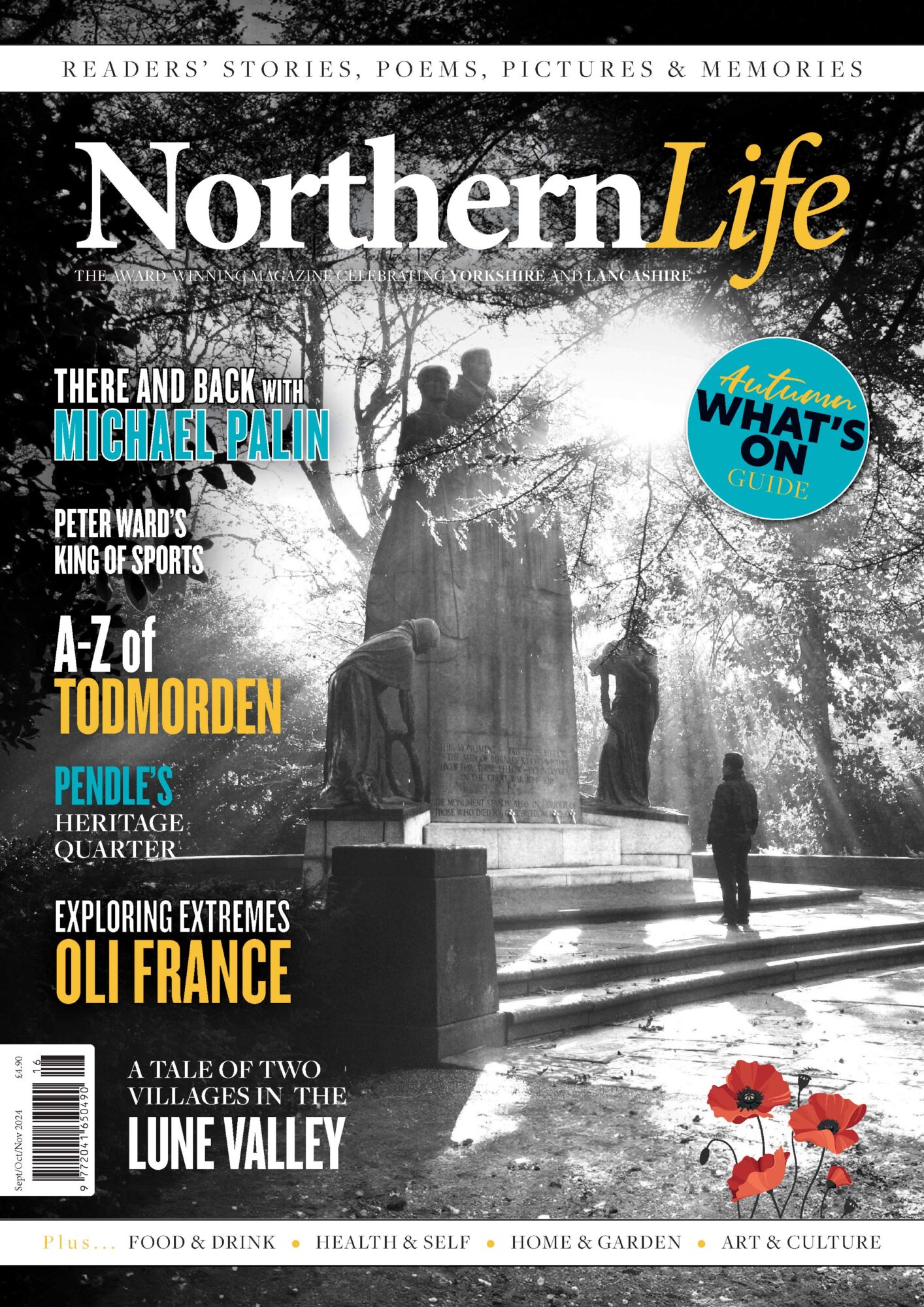
Pic of the North
by Northern Life
THE FIFTH EDITION OF THE PHOTO NORTH FESTIVAL RETURNS TO LEEDS THIS SPRING...
On April 12th-14th, the photography world will converge on the Carriageworks in Leeds for Photo North Festival. The festival unfolds as a diverse and thought-provoking exploration of photography, offering attendees a chance to be inspired, challenged, and immersed in the visual narratives created by talented photographers from various backgrounds and perspectives. Here we showcase three of the featured photographers…
Carolyn Mendelsohn

Shanaz Gulzar at Keighley Moor by Carolyn Mendelsohn
Inspired by the Brontës, Carolyn Mendelsohn’s ‘Hardy and Free’ celebrates contemporary women’s connection to the land, showcasing stories of farmers, artists, athletes, and gardeners. The exhibition transports viewers to the magnificent Yorkshire landscape, telling the unique stories of extraordinary women.
“The exhibition transports viewers to the magnificent Yorkshire landscape, telling the unique stories of extraordinary women”
Carolyn said: “This was so much more than a commission to me and became a big life-enhancing adventure. This creative journey took place in the shorter days of winter, the kind of days I find challenging, dark and depressing and finished as the sun rose and set slightly later in the spring. In the process, I met with 12 extraordinary women: women who work on the land, women who are inspired by it – women who find that landscape gives them a place of freedom to explore and express their thoughts, their creativity, to be physical to take one step after the other – or that their lives were influenced by the surroundings they had grown up in, or that the landscape gave them a pathway to freedom they hadn’t experienced before.”

Kemmi Gill at Goit Stock by Carolyn Mendelsohn
Anne Worthington
We move from wild moors to a changing city with Anne Worthington’s powerful photographic series, ‘East Manchester’, which offers a poignant look at the last moments of Manchester’s industrial areas.

From the series East Manchester by Anne Worthington
“I photographed the daily lives of the people here before it was regenerated,” Anne explains. “The collapse of the jobs in East Manchester made this one of the poorest parts of the country, ranking highly in terms of deprivation across factors including health, income, education, employment and housing. Yet people worked hard to maintain their community when
so much had fallen away. I saw what can be overcome with this sense of belonging.”
“The area is still dislocated, and the people are still kind, enduring, wise, and angry.”
Living in the inner city of Hulme at a time when Manchester was at the centre of the UK music scene, she became part of the mix of artists, ex-students and squatters that made the partly abandoned blocks of flats their own. Concerned with housing and housing issues, she and a group of tenants campaigned for, designed and developed a building of fifty flats for social rent together. During this time, she picked up a camera and taught herself photography.

From the series East Manchester by Anne Worthington
“I would walk down streets emptied and ready for demolition and find the occasional house that was still occupied.”
“Two decades on, lives have changed, family members have died and been born, people have moved, and some of the children in the photographs are parents themselves. The regeneration scheme came and went, and what had been built during this time – housing and elite sports facilities such as the Etihad Stadium, Manchester City’s new home ground – encapsulate a vision of Manchester as a modern city. But the industrial past still figures here, and two versions of the city collide in one place. The area is still dislocated, and the people are still kind, enduring, wise, and angry.”
Peter Mitchell
Heading down the M62 from Manchester to Leeds for Peter Mitchell’s exhibit. These captivating images often capture the mundane and overlooked aspects of urban life. Born in 1943 in London, Mitchell’s career spans several decades, making him one of the prominent figures in colour photography, particularly during the latter half of the 20th century.

Photos by Peter Mitchell
Mitchell’s work is characterised by a keen observation of the urban environment, focusing on everyday scenes that many might consider ordinary or unremarkable. His photographs, often taken in and around Leeds, where he has spent much of his life, showcase a unique perspective on the city’s changing face and its people.
One of Mitchell’s most notable projects is his documentation of Leeds during the 1970s and 1980s. During this period, the city was undergoing significant transformations, and Mitchell’s lens captured the evolving landscape, from construction sites and architectural changes to the subtle shifts in daily life. His images often carry a nostalgic quality, preserving moments in time that may have otherwise been forgotten.

Photos by Peter Mitchell
What sets Peter Mitchell apart is his ability to find beauty and interest in the seemingly ordinary. His photographs can evoke a sense of familiarity, making viewers reconsider the details of their surroundings. Mitchell’s work has been exhibited widely, gaining recognition for its unique perspective and contribution to the world of colour photography.
“His images often carry a nostalgic quality, preserving moments in time that may have otherwise been forgotten.”
Peter Mitchell’s legacy in photography lies not only in his technical skill and aesthetic sensibility but also in his ability to transform the ordinary into something extraordinary, allowing viewers to see their surroundings with fresh eyes.

Photo by Peter Mitchell
Photo North Festival 2024 emerges as a celebration of diverse stories told through the lens of talented photographers. From Mendelsohn’s homage to contemporary women connected to the land to Worthington’s poignant documentation of East Manchester’s transformation and Mitchell’s timeless reflections on the city of Leeds, the festival promises to inspire, challenge, and immerse audiences in the rich tapestry of visual narratives.
NorthernLife March/Apr/May 24




